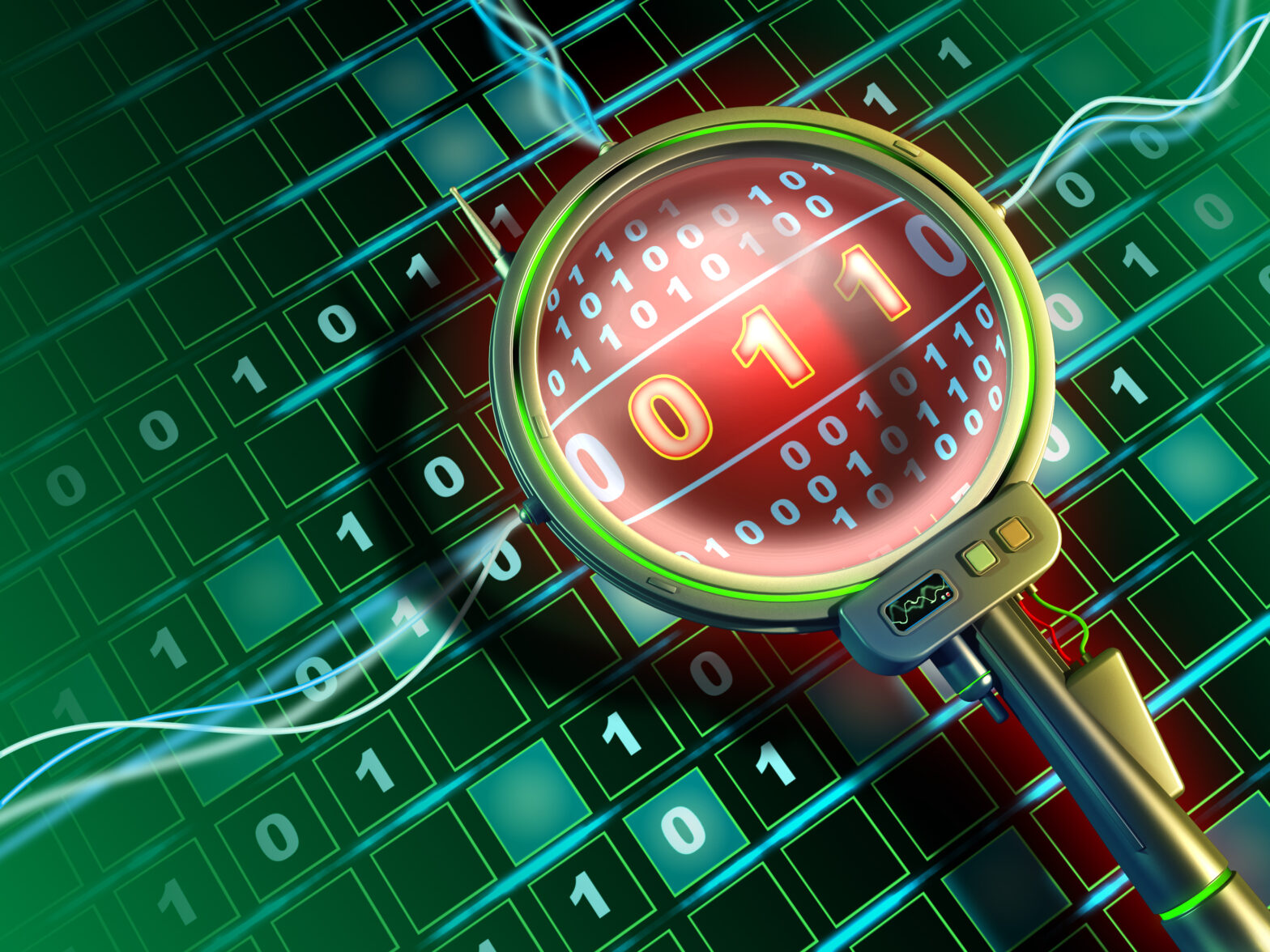You’ve heard of 'alarm storms' going off in your network. It’s when a failed component on the network chain triggers a storm of alerts for devices linked to it. Well, without unified monitoring, you better get used to the term 'blamestorm,' as you’ll be pointing the guilty finger in every direction.
As IT complexity and diversity rapidly evolves, it’s important for businesses to utilise unified monitoring across all wired and wireless networks, and physical and virtual servers and applications. With more visibility, it is easier for IT teams to pinpoint, assess and fix a problem within an organisation.
With that in mind, let’s take a look at the top five ways unified monitoring can help make your job easier:
Reduce the amount of time to resolve an issue
If your organisation is using multiple monitoring products, then these products typically 'talk' to one another. Monitoring multiple products will involve hours, days or even weeks in order to chase down the source of the initial problem. When you monitor everything as a unified unit, the average time to repair is slashed by 25% or more.
> See also: Network virtualisation: security challenge or se curity lifesaver?
Additionally, unified monitoring enables the development of a 'common language' across network and system specialties. This makes it easier for IT teams because then everyone has a real-time understanding of the IT infrastructure and they are more able to support proactive identification of root causes, and deploy the resources needed.
Reduce the cost spent on monitoring solutions
If you’re not a Fortune 100 company (and even if you are), you’re probably not looking to spend thousands or even millions monitoring your company’s network.
However, you do have to buy a license based upon the number of devices you need to monitor, regardless of the number of interfaces, volumes or applications per device. By centralising your monitoring system, your company will drastically cut costs.
This money is then able to go towards other needs within the IT department so that you can focus on building a better team – and less on hardware.
Reduce the risk of a data breach
If you’re able to monitor all devices at once, then you’re more apt to see when trouble is coming your way. If all IT operations are under one interface, then it will be easier for you to be proactive and solve the problem before it breaches your system. This will put both your staff and clients at ease.
> See also: Beyond 10GB: the future of the network
Reduce your network’s downtime
A unified system can identify a 'traffic jam' within a system by gathering information from every point of the network – including virtual, physical and private cloud environments. System outages are cut by 20% when embracing unified monitoring.
Reduce the impact of negative revenue
Since you have reduced downtime, the availability of your services has been improved, thus positively impacting your company’s revenue.
Sourced from Jeff Loeb, CMO, Ipswitch







